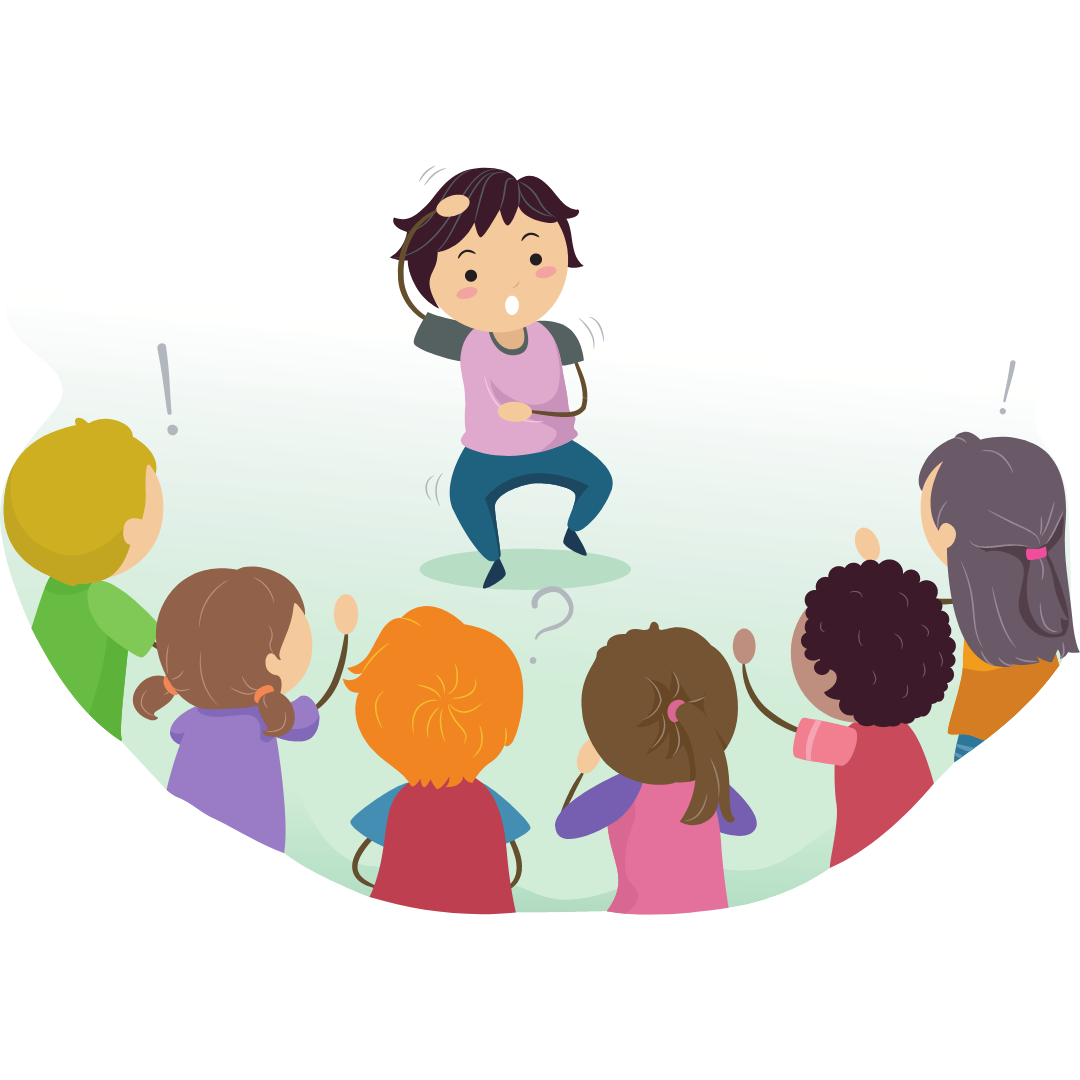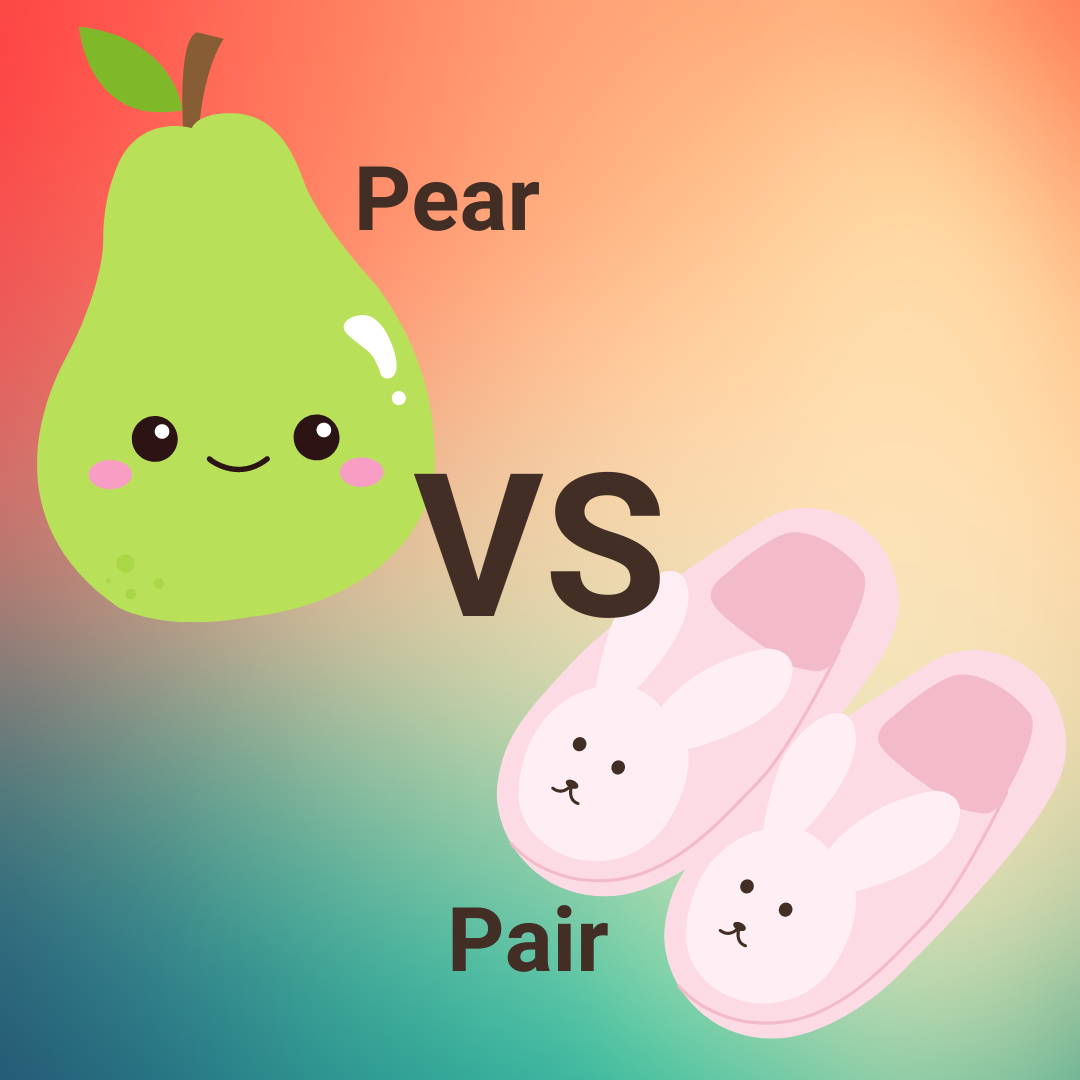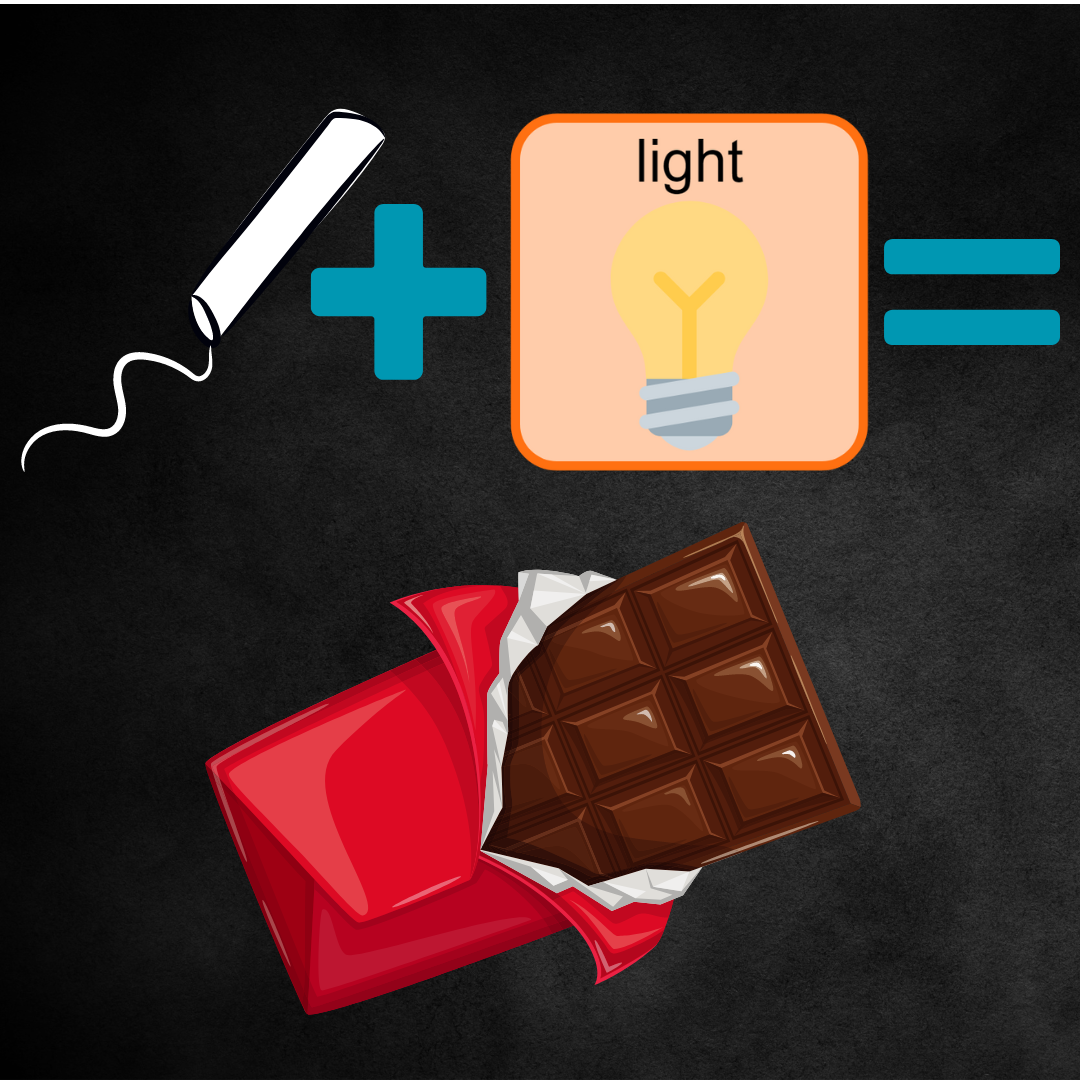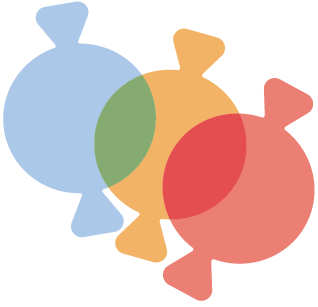Enhancing Communication with AAC: Exploring Homophones
Have you ever played charades? Charades is a game where you act out words or ideas to try to get your team to guess what you mean without using any spoken words.

Sometimes when playing, you might tug your ear to let other players know that you will act out something that "sounds like" the word you are trying to guess. For example, you might pull your ear and then point to your eye followed by flapping your arms like wings to help your team guess the word "fly." It sounds like "eye" so that is part of the clue.
When using AAC for communication, it sometimes happens that the word a person wants to verbalize is not available within their communication set so they need to get creative to help others understand their message. Using homophones or other clever word connections is an innovative way communicators can try to get their point across.
Augmentative and Alternative Communication (AAC) is a vital resource for individuals who face challenges in verbal communication. For those who work with AAC apps and devices like those available through CoughDrop and Forbes AAC, understanding the intricacies of this field is crucial. In this article, we will delve into the world of AAC and explore the role of homophones in improving communication.
Homophones and AAC
Homophones are words that sound the same but have different meanings. In AAC, dealing with homophones can present unique strengths and challenges.
In some cases, AAC users need to distinguish between homophones correctly to convey their intended messages accurately. Let's look at an example:
Imagine a student using an AAC app like CoughDrop in the classroom. They want to express their need for a "pair" of scissors, but the word "pair" sounds identical to "pear," the fruit. AAC apps like CoughDrop can help by offering visual aids and context that can assist users in selecting the correct homophone. This context can include images, icons, or phrases associated with the intended word, reducing the chances of miscommunication.

However, the use of homophones can also be an ingenious solution when a person cannot find exactly the word they want to use.
Recently, a student using a school-focused AAC device shared a message with his teacher that she did not understand at first. He very intentionally selected the word "chalk" and then the word "light." The teacher was very unsure of the meaning in the message. After a minute the teacher asked for another word to help her understand. The student said "eat" with his AAC device.
That clue did the trick. The teacher asked the student if he wanted some "chocolate" and he excitedly affirmed that was what we had been trying to say. Together, they added "chocolate" to his speech board and practiced finding it so he could use that exact word in the future when he needed it (and then they got him a piece of chocolate!).

Using words that sounded like the word he actually wanted to use was a pretty brilliant way to get his message across. This is a skill that many AAC users occasionally rely on and it shows the deep critical thinking that many AAC users have when it comes to language learning and use.
Watch this quick video of another AAC user who used words in a similar way to share his feelings.
The words used by communicators to express their thoughts, needs, and feelings may be exactly what they select, but sometimes they may need to think outside the box if the desired word or idea is not readily available.
As AAC supporters we MUST trust communicators when they share a message, even if we don't necessarily understand it at first. We can let them know we are listening but don't quite comprehend the full meaning. We can ask for clarification or try to better understand the context of the comment. We need to be sure solid communication options are readily available for communicators whatever their strengths or needs.
Examples of AAC in the Classroom
In educational settings, AAC plays a pivotal role in helping students with communication disorders participate actively in the learning process. Here are some examples of AAC tools and strategies that may be used in the classroom:
- Communication Boards: These are visual aids that contain symbols or pictures representing words, phrases, or concepts. Students can point to the symbols to convey their thoughts.
- Speech-Generating Devices (SGDs): These are electronic devices that generate spoken language when the user selects symbols or words. They are particularly useful for students with severe speech impairments.
- AAC Apps: Mobile apps like CoughDrop AAC provide a portable solution for communication. They offer customizable communication boards and voice output, enabling students to express themselves on smartphones or tablets.
AAC is a powerful tool that empowers individuals with complex communication needs to connect with others effectively. It finds its application not only in classrooms but also in various aspects of daily life. Understanding the nuances of AAC, including the challenges and creativity posed by homophones, is important for those who work with AAC users on devices like CoughDrop and Forbes AAC.
By embracing AAC users and their inventive solutions to bridge the communication and language gap, we can pave the way for enhanced communication and more inclusive communities, ensuring that everyone has the opportunity to express themselves and connect with others.
Need a dedicated AAC device with an included SoundPOD, durable case, and screen protector? Reach out to Forbes AAC for more information (and support in submitting to insurance as many devices are covered under these policies).
